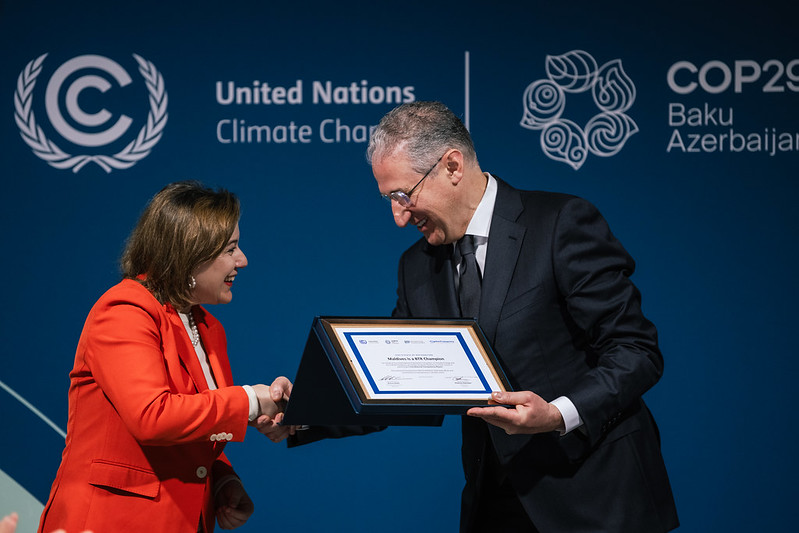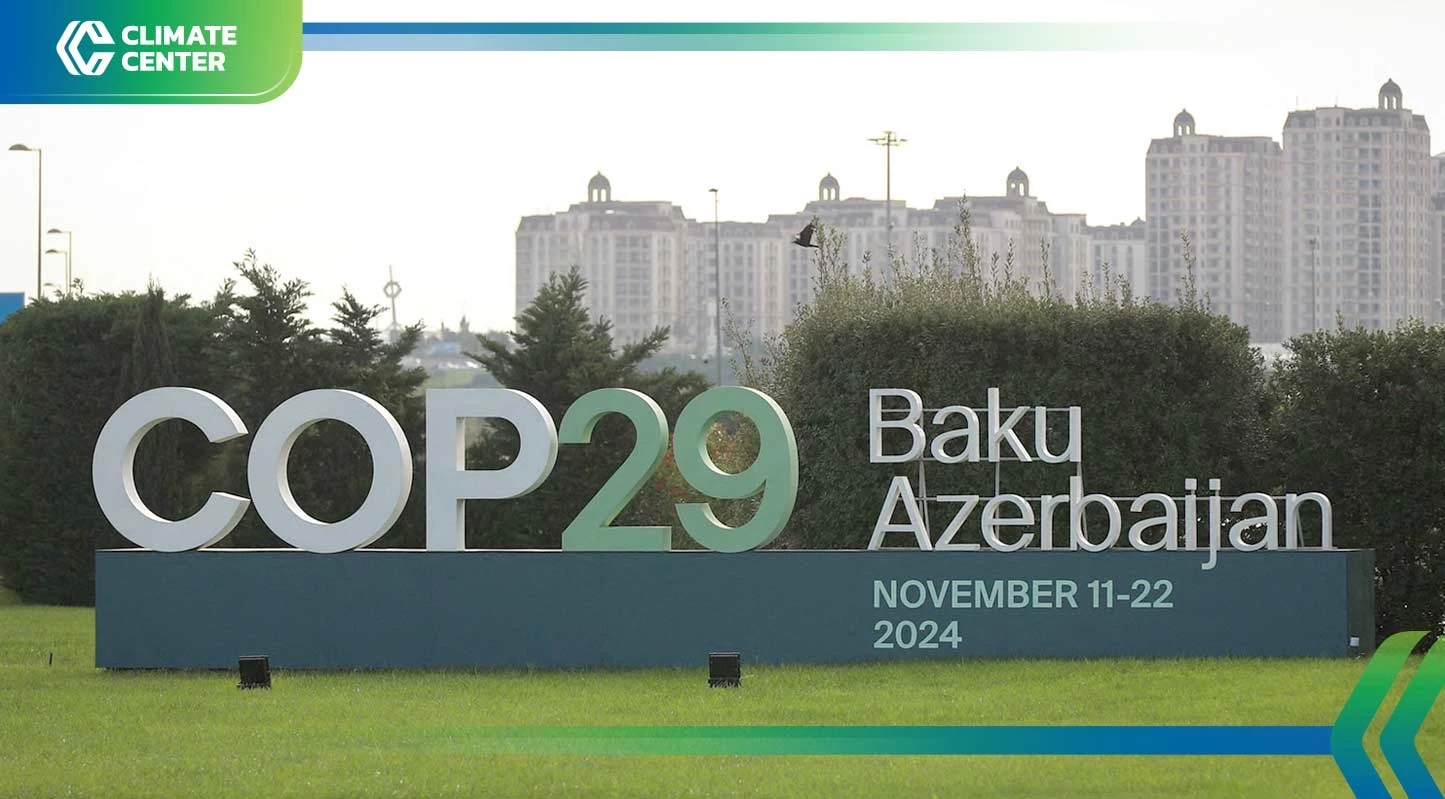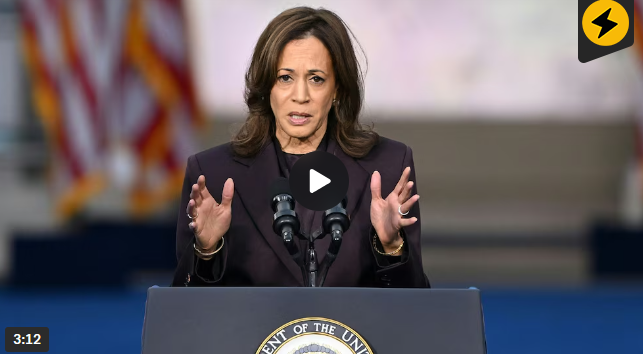Ghana’s inflation rate drops to 9%
 Ghana’s inflation rate has dropped to 9 percent, the lowest since 2013. The recorded rate for December last year was 9.4 percent.
Ghana’s inflation rate has dropped to 9 percent, the lowest since 2013. The recorded rate for December last year was 9.4 percent.
Acting government statistician, David Kombat revealed at a press briefing in Accra, the food inflation rate for January 2019 was 8 percent compared to 8.7 percent recorded in December 2018. The non-food inflation rate January 2019 was 9.5 percent, compared to 9.8 percent recorded in December 2018. Both food and non-food inflation rates from the data went down to cause the fall in the combined rate of inflation.
He added; the food and non-alcoholic beverages group recorded a year-on-year inflation rate of 8 percent being a 0.7 percentage point lower than the rate recorded in December 2018. The key pushers for the food inflation rate were coffee, tea and cocoa (12.4%), fruits (10%), meat and meat products (9.8%), mineral water, soft drinks, fruit and vegetable juices (9.3%).
Key pushers for the non-food inflation rate include transport (13.4%), clothing and footwear (12.8%), recreation and culture (12.7%), furnishing, household equipment and routine maintenance (11.2%) and miscellaneous goods and services (9.6%).
Mr. Kombat also declared the service was working with the Ministry for Regional Reorganisation and Development to get the needed data, in order to calculate inflation figures for the newly created regions observing such figures will be made available in the medium to long term.
According to him, the statistical service operatives will be watching out for population figures and maps of the new regions to be able to calculate their inflation rates adding; “those with one market centre will have more market centres created so exact calculations can be made.”
Of the 6 new regions created, President Akufo-Addo has presented the Constitutional Instruments for 4.
At the regional level four regions (Upper West, Brong Ahafo, Western and Ashanti) recorded inflation rates above the national average of 9.0 percent. Upper West region recorded the highest year-on-year inflation rate of 10.8%, followed by Brong Ahafo region (9.9%), while the Upper East region recorded the lowest year-on-year inflation rate (7.7%) in January 2019.







